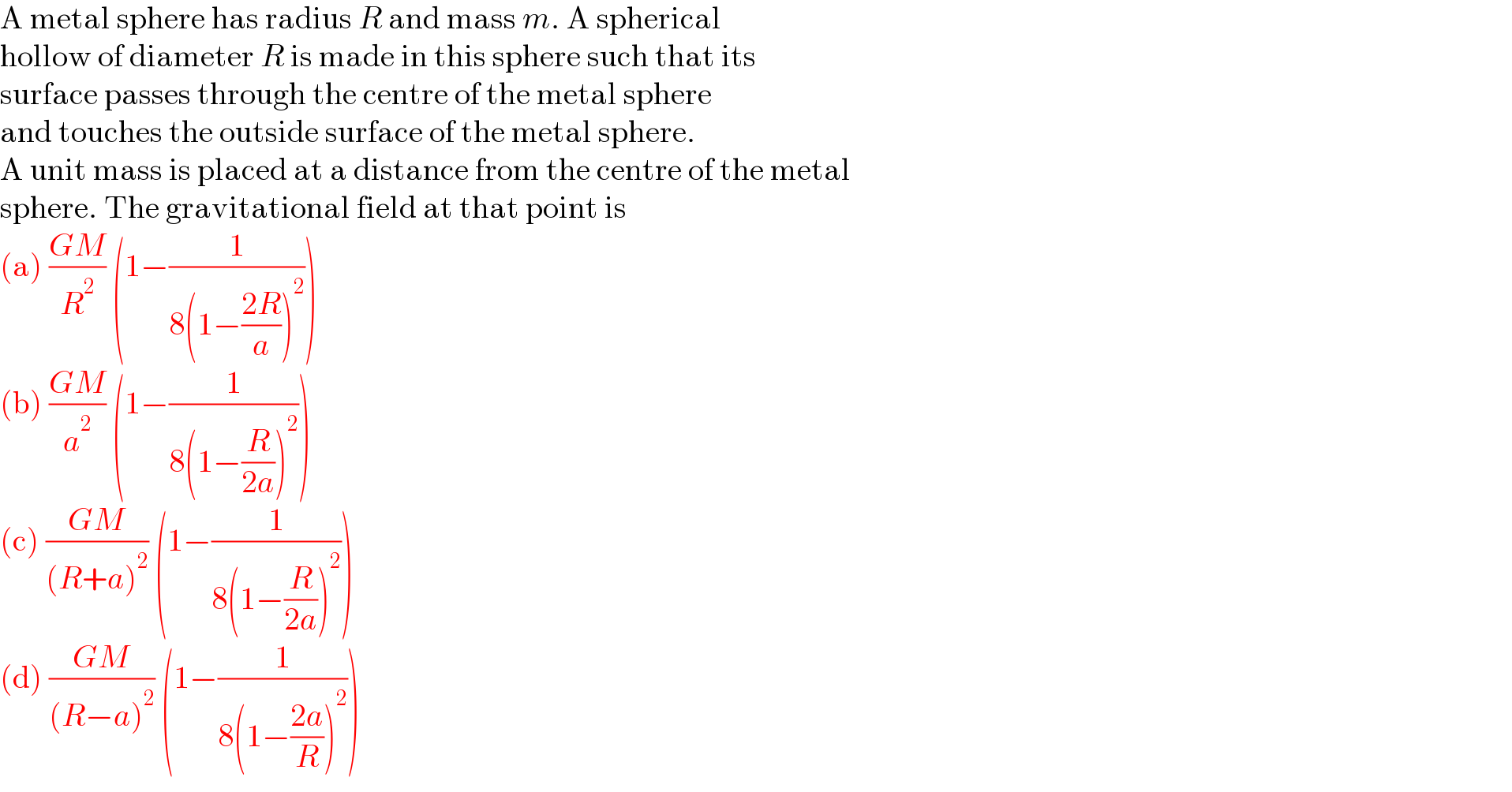
Question and Answers Forum
Question Number 173558 by MadhumitaSamanta last updated on 13/Jul/22

Commented by MadhumitaSamanta last updated on 13/Jul/22

Answered by aleks041103 last updated on 13/Jul/22

Commented by Tawa11 last updated on 13/Jul/22

| ||
Question and Answers Forum | ||
Question Number 173558 by MadhumitaSamanta last updated on 13/Jul/22 | ||
 | ||
Commented by MadhumitaSamanta last updated on 13/Jul/22 | ||
 | ||
Answered by aleks041103 last updated on 13/Jul/22 | ||
 | ||
| ||
Commented by Tawa11 last updated on 13/Jul/22 | ||
 | ||